7 Probiotic Foods To Maintain A Healthy Immune System
Probiotics are key to keeping your gut healthy and there are a variety of ways to consume them. We have found 7 foods to maintain a healthy immune system.
According to the Annals of Nutrition and Metabolism, the gastrointestinal tract is “one of the most microbiologically active ecosystems”, which also plays a crucial role in the working of the immune system. So your digestive system is directly linked to your immune system and how well you feel. In this ecosystem, probiotics are a key factor to stimulate the immune system. They are the live bacteria that lives in your stomach. However in order to maintain a healthy environment, you have to feed your probiotics with prebiotics. You might not be aware that some of your daily habits are harmful to your gut bacteria and your immune system.
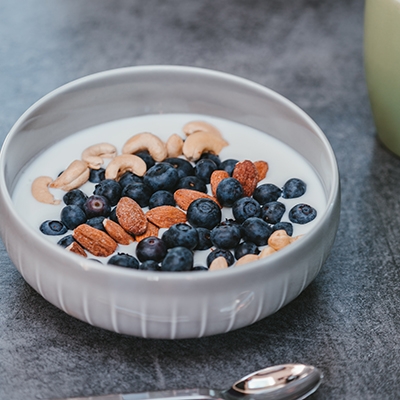
Gut Bacteria
Lifestyle factors such as smoking, high-stress levels, and the use of antibiotics are detrimental to your immune defences. There’s plenty of well documented and reliable academic research showing that gut bacteria plays a significant role in regulating our health, weight, and even mental health. Stress can change the number and diversity of our gut bacteria, which in turn affects the immune system. It could also explain why certain skin conditions, such as eczema or acne, show up uninvited when we are more stressed. The good news is, the perks of introducing probiotics into your diet are numerous for your overall health.
The immune system’s number one job is to protect our body from harmful bacteria. Probiotics, aka beneficial bacteria, can help crowd them out, and create an environment in which there are little chances for them to thrive. In addition, probiotic bacteria can influence the activity of our own immune cells, regulating inflammation, barrier function, and cell-to-cell signalling. As you will read, many of these foods have been proven to reduce rates of cancer and osteoporosis in womxn who consume it regularly.
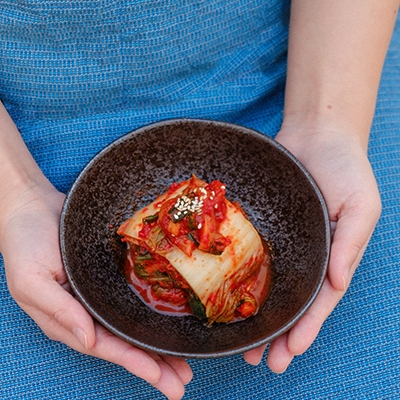
How To Consume Probiotics
There are several ways to introduce probiotics. One way is to feed the bacteria with prebiotics, foods they like to eat, mostly fibre. Plant fibres from vegetables are perfect. For example, whole grains, fruits, legumes, nuts, and seeds. That being said, this should be the general norm for a healthy diet. But now you know how many jobs they actually do.
Another great way to nurture a healthy gut is to consume foods that contain beneficial bacteria, which in the majority of cases are fermented foods. Yoghurt, kefir, and other cultured dairy products; but also tasty vegan options such as kimchi, sauerkraut, miso and other fermented soy products, as well as beverages like kombucha. If you prefer to take a supplement instead, we love Seed’s Daily Synbiotic. It’s a combination pre and probiotic in a nifty little pill.
7 Probiotic Foods To Maintain A Healthy Immune System
Yoghurt
Yoghurt is one of the best sources of probiotics, and one of the easiest to find in any grocery shop. It is made from milk that has been fermented mainly by lactic acid bacteria and bifidobacteria. Now, not all yoghurt contains live probiotics. In some cases the live bacteria is actually killed during processing. So make sure to choose one with active or live cultures, just check the label. Make sure it’s free from added sugar too, as sugar is not good for your gut’s health. Good news for those who are following a cruelty-free and vegan diet, alternatives derived from soy- and nut-based milk and yoghurts, contain live cultures too. Again, make sure to have a quick read of the label.
Kefir
The word kefir allegedly comes from the Turkish word keyif, which means “feeling good”. Kefir is a fermented probiotic milk drink, obtained by adding kefir grains to cow’s or goat’s milk. These grains contain the bacteria/yeast mixture clumped together with casein (milk proteins) and complex sugars. It looks similar to cottage cheese, but the beverage has a really smooth and liquid texture. It’s a very potent probiotic, and probably the strongest you can find. It can be effective in protecting from infections and illness. It’s now easy to find at your local supermarket but very easy to make yourself too. And both of these options, even if they’re milk-derived, are generally well tolerated by people who are lactose intolerant.
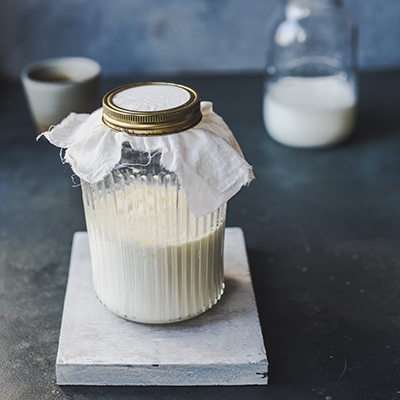
Miso
Asian cuisine is a real blessing for fermented food. Miso is a traditional Japanese seasoning, made by fermenting soybeans with salt and a type of fungus called koji. This paste is mainly used to make miso soup, a popular breakfast food in Japan which also makes a wonderfully comforting soup for winter. Miso is a good source of protein and fibre. It is also high in various vitamins, minerals and plant compounds, including vitamin K, manganese and copper. Academic studies reported that frequent miso soup consumption was associated with a lower risk of breast cancer in middle-aged Japanese women, and a reduced risk of stroke.
Tempeh
Tempeh is a fermented soybean product, a firm patty with a nutty flavour similar to a mushroom. Tempeh is originally from Indonesia and is a great high-protein meat substitute. Its process of fermentation lowers the amount of phytic acid, which may increase the amount of minerals your body is able to absorb from tempeh. It also produces some vitamin B12, a nutrient that soybeans do not contain. Vitamin B12 is mainly found in animal foods, that’s why tempeh makes a great choice for vegetarians and vegans. Healthy, cruelty-free proteins with probiotics: tempeh is one of the best finds in the grocery store! Use it like a meat substitute by slicing and frying it, or crumbling it into stews.
Kimchi
Kimchi has one of the most distinctive flavours you can find, you’ll love it or hate it. But if you do love it, kimchi is addictive. Kimchi is a fermented, spicy side dish derived from cabbage, and it’s traditionally Korean. Kimchi can also contain other vegetables such as radish and carrots and is flavoured with a mix of seasonings. A whole lotta red chilli pepper flakes, garlic, ginger, scallion and salt. Not for the faint of heart. Kimchi contains the lactic acid bacteria Lactobacillus Kimchii, as well as other lactic acid bacteria that may benefit digestive health. It’s high in vitamins and minerals, including vitamin K, vitamin B2 and iron.
Natto
Natto is a lesser known fermented soybean product, and it contains a bacterial strain called Bacillus subtilis. It looks like sticky soybeans, and it has an intense smell and taste. It’s another marmite option that some people really can’t stand. Natto is excellent when paired with steamed rice but beware of the stickiness! This odd ferment is rich in protein and vitamin K2, which is important for bone and cardiovascular health as well as a higher bone mineral density. For this reason, research suggests that natto may help prevent osteoporosis in women.
Sauerkraut
Sauerkraut is finely shredded cabbage, which has been fermented by lactic acid bacteria. If well contained and stored, it can last months. It has a satisfyingly salty but tangy texture that is very moorish. On top of its probiotic qualities, the underrated and humble sauerkraut is rich in fibre as well as vitamins C, B and K. It’s high in sodium too and contains iron and manganese. In addition it’s full of antioxidants, in particular, lutein and zeaxanthin, which are great for the health of your eyes. Make sure to choose unpasteurized sauerkraut, as any live bacteria can be killed in the high temperatures needed to pasteurize something. Making the entire endeavour pointless.
Did This Put A Smile On Your Face? Why Not Subscribe?
If you enjoyed this then theres plenty more on our email newsletters that you'll love. Whether you're a sustainable newbie or an eco conscious pro, our bi monthly emails will inspire you to live sustainably and ethically.
Disclaimer: The people and models in the images featured are not associated with The Vendeur and do not endorse it or the products shown. This post may contain affiliate links. Prices correct at time of publishing.

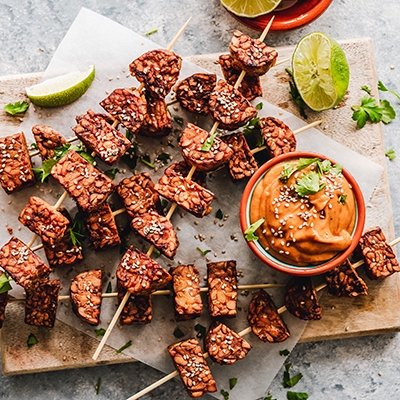
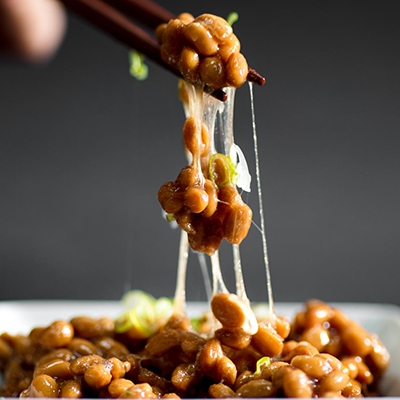

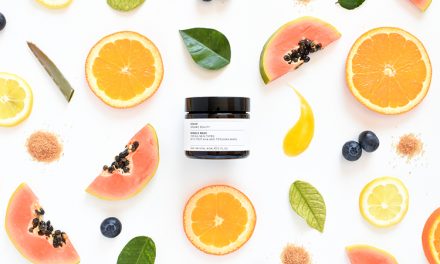


Trackbacks/Pingbacks